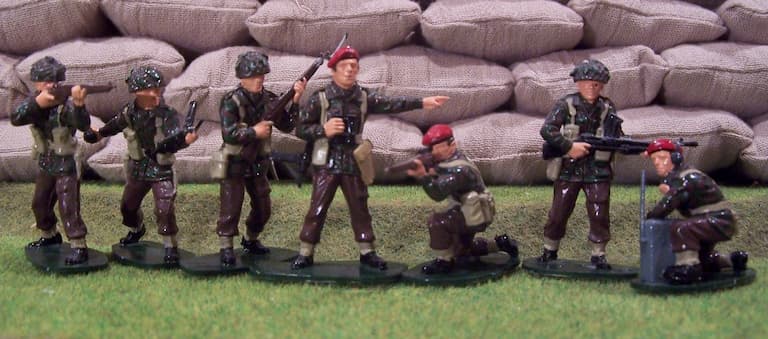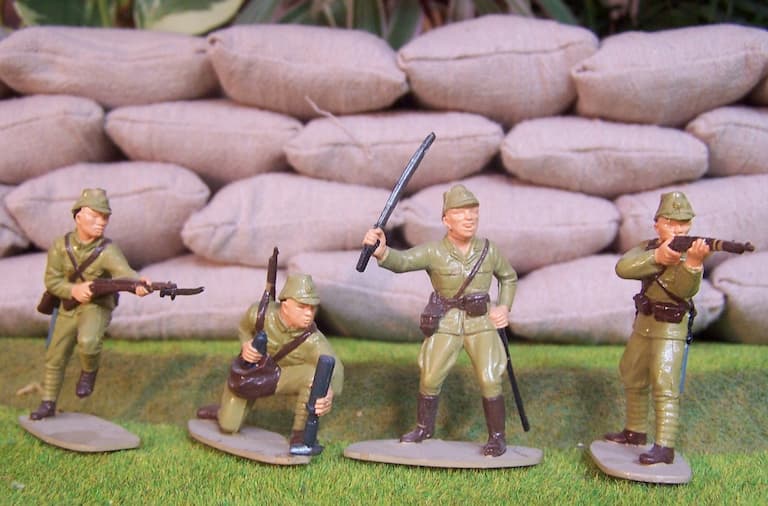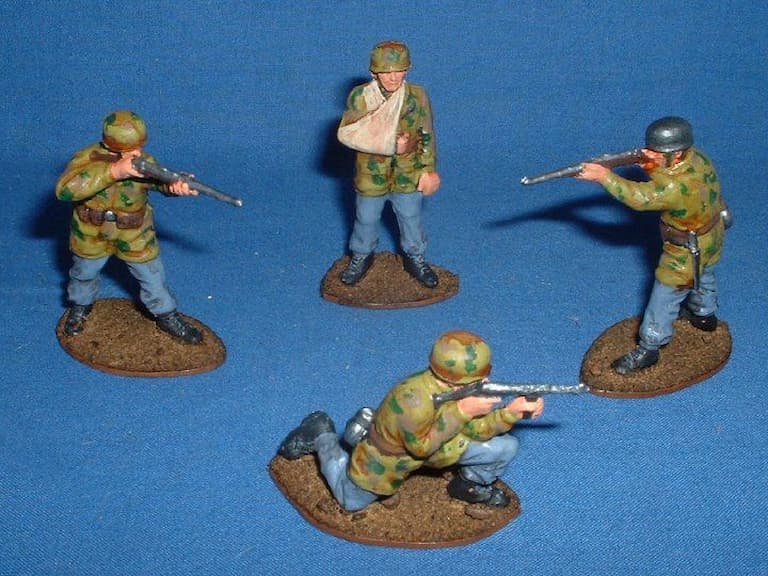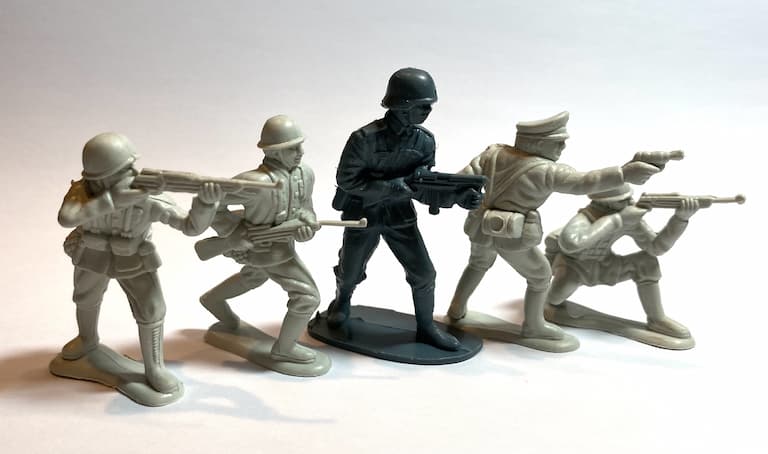Contents

People have always had a fascination with wars. I remember begging my parents for a set of military figures and toys at a very young age, before I understood anything about what war is. The appeal of military figures and toys has been there for centuries, but it started soaring in the late 19th century. Nowadays, though, they’re much more than just toys. There are many collectors who would pay serious money for some sets. If you’re new to toy soldiers, and are contemplating whether or not to buy that expensive set you’ve been eyeing for a while, here’s everything you need to know about them – from their history, to how they’re made and what you need to consider before buying a specific set.
The History of Soldier Figures
The term toy soldiers refers to miniature human figures that represent combat characters of the past. They are typically between 1.5cm to 7.5cm tall, and the first toy soldiers were found in Egyptian tombs, around 2500BC. However, those soldiers were most likely made for ritual purposes rather than used as toys.
The earliest toy soldiers were made from porcelain, silver and wood. They were made for monarchs and army generals and used for creating strategies on maps of the Warfield. At some point in the 18th century, people started hand-crafting toy soldiers from composite, tin and lead. They were generally made for affluent members of society, as only they could afford these hand-made figures that featured fine detailing. At the end of that century, metalworkers started making 2D soldiers from cheap tin, which were usually sold unpainted.
It wasn’t until the 19th century that toy soldiers were mass-produced. The first mass-produced soldiers were made in Germany, and feature engraved characters depicted in silhouette. Later in the same century, manufacturers started paying more attention to detail, and you could see figures “dressed” in a range of European military movement apparel.

The real revolution in the industry, however, didn’t happen until 1893. It was then that he invented hollow-casting lead. He became the most prominent manufacturer of toy soldiers in the world, mainly due to the affordability of his production system. Hollow-cast production includes molten lead being poured into a mould, which is then turned as the metal cools. The mould featured a small opening, allowing the excess lead to escape, making the figures hollow and as a result, lighter and cheaper.
After the end of World War II, toy soldiers started being produced using plastic. This made production even faster and more affordable, with Starlux, Reamsa and Airfix toy soldiers becoming very popular around the world. Even to this day, Starlux, Reamsa and Airfix toy soldiers are available.
What You Need to Consider
Materials
Even though the majority of toy soldiers today are made using plastic, you’ll still find metal figures. Unlike metal toy soldiers of the past, though, nowadays manufacturers use tin rather than lead, simply because lead was banned from use in toys in 1966. However, metal toy soldiers can’t be sold to children under 14. Furthermore, they’re more fragile and more expensive, hence why they’re mainly used for display purposes. Plastic toy soldiers, on the other hand, are more rugged. The quality of plastic toy soldiers varies from manufacturer to manufacturer. Harder plastic allows you to glue your models together in a range of poses, but it’s more brittle. Most figures used for playing are made of soft plastic, and unless specified otherwise, the toy soldiers you’re looking at are probably cast in soft plastic.

Scale
As aforementioned, toy soldiers can be as small as 1.5cm and as large as 7.5cm. The most popular scales, though are 54mm or 60mm (1/32). They’re big enough to provide a decent amount of detail, and small enough to play with on a tabletop. These sizes are what most people imagine when they think about toy soldiers. As a result, soldiers in these sizes are typically the most affordable and widely available. Another popular scale is 1/72, or roughly half the size of 54mm and 60mm toy soldiers.
Era
There are toy soldiers available from virtually any era in history – from ancient Greece and Rome, to today’s NAVY Seals and Marines. The most popular soldiers for most collectors are from the Ancient World, American Revolution, Middle Ages and World War II eras. However, with a quick google search, you’ll probably find a scale model soldier from virtually any era or movement, including colonial infantry, British infantry, as well as specific characters like George Washington, Queen Elizabeth, and so on.

Manufacturer
Some people prefer toy soldiers from one manufacturer over any other. The most popular manufacturers include Airfix, Starlux, Reamsa, Marx, Britains, Tradition, etc. Some of these manufacturers, such as Marx and Britains, are better at making plastic toy soldiers, whereas others, such as Tradition, are better at making metal soldiers. Of course, some of the choices will come down as a matter of personal preference.

